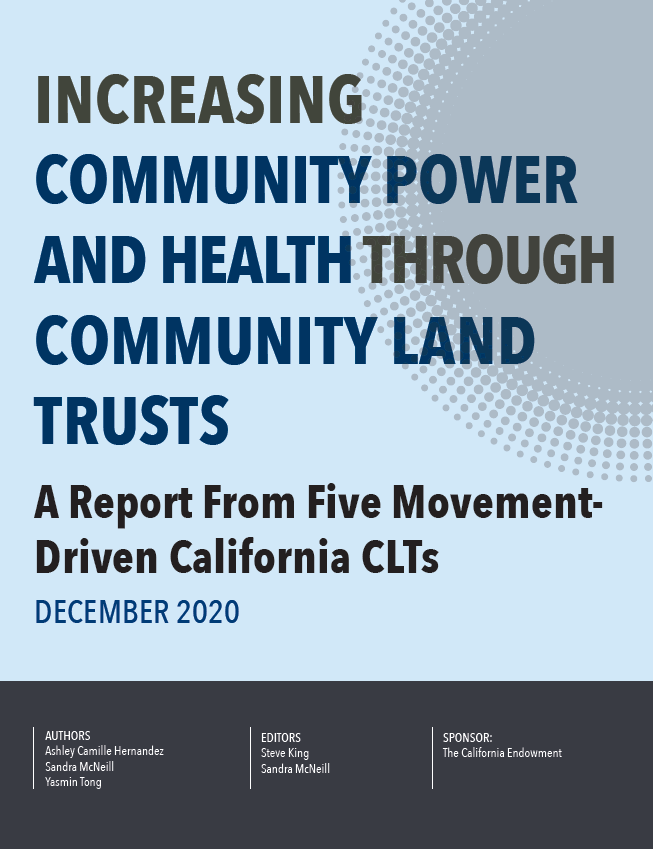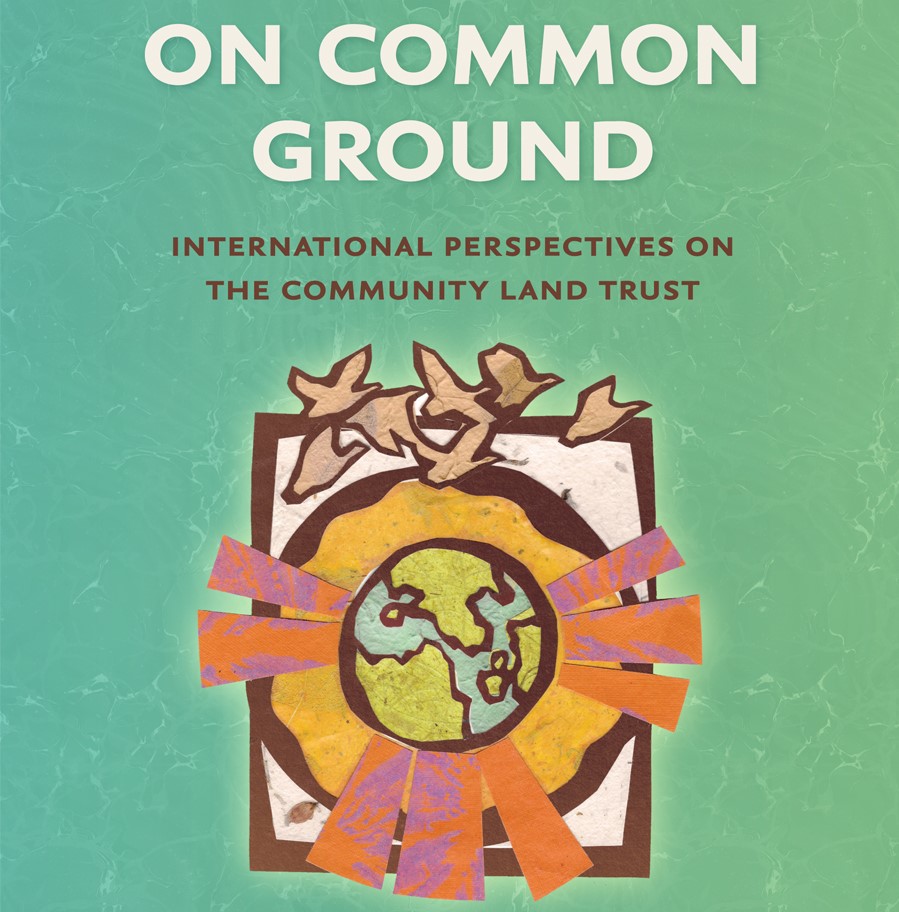[Note: This article originally appeared in the Spring 2017 issue of Shelterforce and on their website here.]
The term NOAH, or “naturally occurring affordable housing,” has quickly become an accepted phrase used to denote unsubsidized rental housing, generally more than 30 years old, that happens to be relatively affordable compared to housing in adjacent, more desirable neighborhoods or newer, more amenity-rich buildings.
From my perspective, there are two major issues with NOAH: one is semantic, and one is practical.
First off, there is nothing natural about NOAH’s affordability. This housing stock is most often found in lower-income neighborhoods and communities of color where decades of disinvestment and uneven development has unnaturally nurtured an “untapped market” ripe for speculative reinvestment. It may be unsubsidized and affordable for now, but it is also under-maintained and precarious, with eviction and displacement a palpable, everyday threat. Referring to this housing as natural has the chilling implication that individuals, institutions, and systems bear no responsibility for its status.
As a corrective to the benign and misleading phrase NOAH, I propose HAUTMSS (Housing Affordable Until the Market Speculation Starts; suggested pronunciation: “hot mess”) as a more appropriate term. (Despite the potential for confusion, I use HAUTMSS interchangeably with NOAH in the remainder of this article.)
My second issue with NOAH is that while it sounds benign, or even positive, it is a disaster waiting to happen for thousands of vulnerable households, as the prevailing system consistently fails to protect renters and empower them with viable alternatives to market-driven displacement. In Oakland, California, for instance, it remains commonplace to find sales listings for older multi-unit buildings that clearly spell out for speculators the lucrative upside of “repositioning” occupied, yet tattered, housing units at higher rents. Even with just-cause eviction and rent-control policies, investors routinely calculate that the short-term expense of maneuvering around landlord-tenant law to oust existing families can lead to significant profits over time.
A recent study of NOAH properties commissioned by the Urban Land Institute identified over 5.5 million “fatigued” housing units in 253,467 properties across the United States. Shaw Lupton, a consultant with CoStar, correctly identified a “vast opportunity in this segment of the market,” a fact certainly not lost on the speculators. For instance, a Bloomberg news story from October 2016 quoted a real estate investor who specifically targets NOAH acquisitions where rents can be raised by at least 25 percent. While this predictably extractive approach may yield one narrow avenue of market-based opportunity, what if instead the real “vast opportunity” was to prevent displacement, permanently preserve affordability, and simultaneously improve the habitability of a neglected housing stock?
A Resident-Centered, Anti-Displacement Agenda
So what would it take to mobilize an effort to remove a meaningful quantity of HAUTMSS buildings from the speculative market and partner with current residents to stabilize and improve their housing? Part of the obvious challenge is that the acquisition and rehabilitation of small scattered-site rental properties is not generally within the core wheelhouse of most high-capacity affordable housing developers or community development corporations, and the affordable housing development infrastructure in this country is certainly not calibrated to favor this work.
However, there is a contingent of organizations well positioned to take on the challenge—limited-equity housing cooperatives, community land trusts, mutual housing associations, and any number of innovative combinations of these non-speculative, lasting approaches This preservation challenge presents a prime opportunity to lift up and properly resource these lesser-supported strategies of resident-controlled housing.
A resident-centered strategy to preserve unsubsidized housing demands a uniquely focused suite of tools, an atypical orientation to acquisition, and a long-term commitment to steward quality housing and resident leadership. Organizations doing this work need access to nimble financing so they can be competitive in the market and snap up buildings just like the speculators. They need to rapidly assess short-term habitability issues and longer-term needs for sustainable asset and property management. Also of equal importance, organizations need to be able to work with and organize residents, assess their needs, build their capacity, and develop lasting partnerships. If groups considering this work do not have the in-house capacity to engage and organize residents, then this provides a perfect occasion to develop productive partnerships with tenant advocates and organizers to co-create of a model that is responsive to the specific needs of residents who live in HAUTMSS buildings.
The particular messiness of the Bay Area’s housing market has resulted in some emergent thinking around how to align resources, policies, and organizational models to support a resident-centered, anti-displacement preservation strategy. Here are just a few examples:
- San Francisco’s Small Sites Program supports the acquisition of small, unsubsidized rental properties whose residents are at imminent risk of eviction or displacement. Several nonprofit organizations, including the San Francisco Community Land Trust, Mission Economic Development Agency, and Chinatown CDC, have used the program to step up their acquisition and stabilization of buildings with 25 units or less.
- The Bay Area Community Land Trust, Northern California Land Trust, and Oakland Community Land Trust are working collaboratively to advance anti-displacement, small-site acquisition models in the East Bay, with a specific focus on resident self-management and limited-equity cooperative ownership options.
- Oakland voters approved an infrastructure bond measure in November 2016 that includes a set-aside of $100 million for anti-displacement housing strategies, with a specific focus on preserving affordability within existing buildings.
- Advocates in a number of Bay Area jurisdictions are pushing for policies similar to Washington, D.C.’s Tenant Opportunity to Purchase program, which gives organized tenants a first right of refusal to purchase the building in which they reside if an owner wants to sell. They can also assign that right to a partner nonprofit organization, and commit to some form of non-speculative ownership over the long-term. This type of policy can go a long way toward addressing the uneven playing field for residents and nonprofits trying to compete with cash investors.
John Davis, co-founder of a national consulting cooperative specializing in the development of policies and programs promoting permanently affordable, owner-occupied housing, has reminded us that “displacement is not a sign the system isn’t working. Displacement is the way the system is designed to work.” It follows that the success of any resident-centered, anti-displacement agenda will hinge on a larger question of values and political will. And, any genuine effort to preserve affordability in existing buildings must include resources for community and tenant organizing groups that are directly supporting residents on the front lines of eviction and displacement.
Ultimately, most of the requisite tools, policies, and operational models already exist to effectively pluck housing out of the clutches of market speculation. However, they are rarely marshaled specifically for preservation, or to adequately resource resident control, cooperative and community ownership, and permanent affordability. There is indeed a vast opportunity here, but it requires a level of support commensurate with the deep, long-term goals of a resident-centered, anti-displacement program. This support hinges on a necessary, yet uncomfortable recognition that displacement is a natural outcome of the system as it currently operates.






